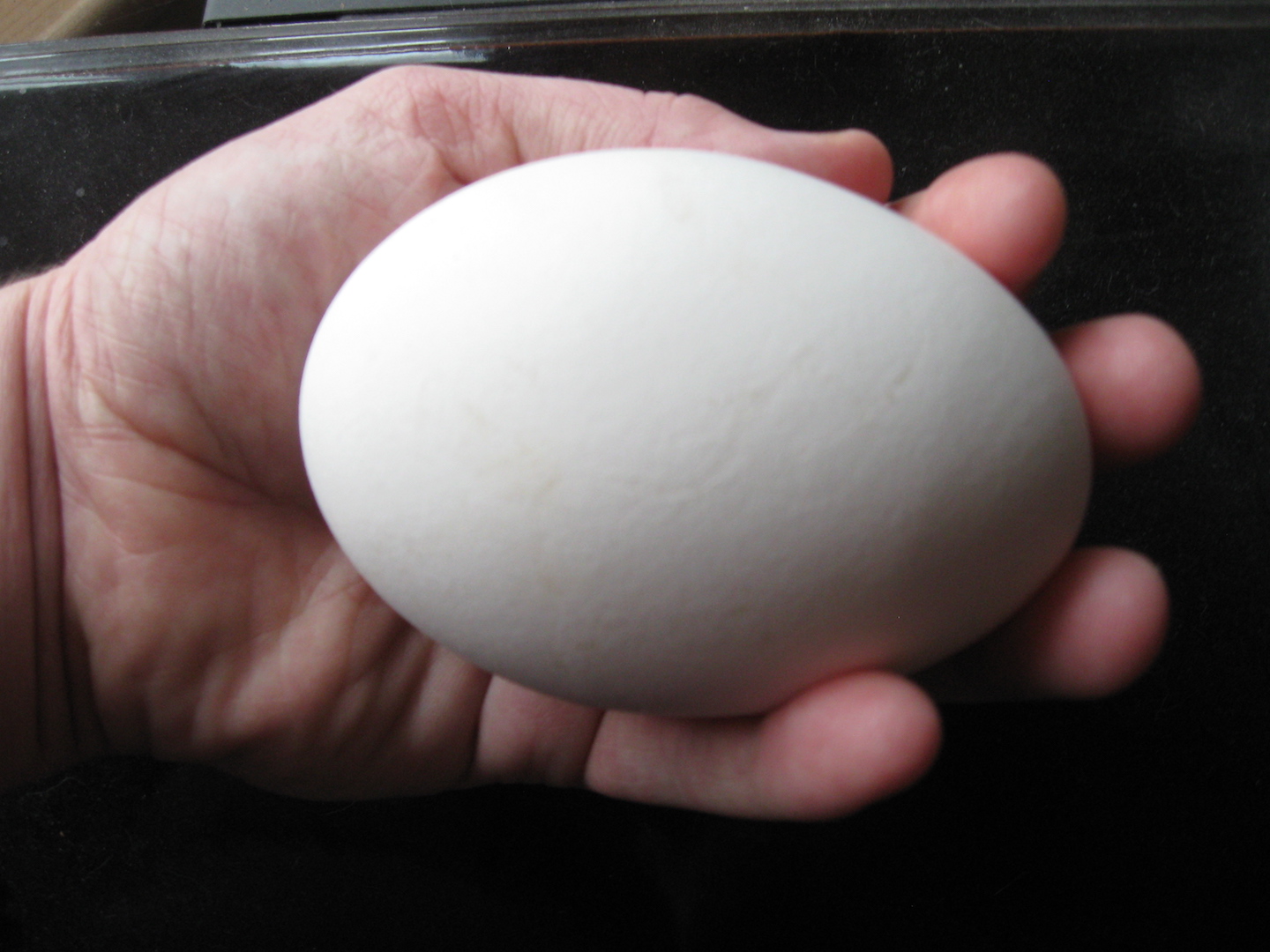Goose egg

Goose egg is a Green food. Green foods are safe to eat as a regular part of a diet.
Category Quotes
Guideline related quotes related to Eggs and Green throughout Geoff Bond's publications.
For the meat, poultry, eggs, and fish group, Preferably consume two servings a day of “Green-Green” foods. If unavailable, you can consume two servings a day of “Green” foods. ~Paleo in a Nutshell p.102
To be in conformity with the Savanna Model Use only omega-3-rich, free-range, organic hen’s eggs. ~Paleo in a Nutshell p.102
For the meat, poultry, eggs, and fish group Restrict total food group servings per session to one. ~Paleo in a Nutshell p.102
For the meat, poultry, eggs, and fish group, Restrict total food group servings per day to two. ~Paleo in a Nutshell p.102
Additional Quotes
Specific references to Goose egg throughout Geoff Bond's publications.
Our Pleistocene forebears consumed all kinds of eggs: Ostrich, bustard, duck, and anything else they could find. Hen's eggs come close, with a proviso— seek out eggs that are rich in omega-3 oils, and it is preferable if they are also free-range and organic. Duck, turkey, quail, and goose eggs are good, too. Industrially produced eggs are a poor substitute and should not be consumed on a regular basis. ~Paleo in a Nutshell p.70
Eskimos hunted fish, seal, whale, walrus, musk ox, caribou, polar bears, wolves, birds, rabbits, ducks, and geese. They ate every part of the animal—brains, blood, intestines, and even the feces. On occasion, the women would gather eggs, crabs, mollusks, and shellfish. ~Paleo in a Nutshell p.119
In due course, as duck, goose, and turkey were domesticated, these creatures were bred for their eggs as well. Today, with the enormous advantage of price and the massive volume of battery-hen production, it is the hen's egg that totally dominates the food supply. ~Deadly Harvest p.61
Eggs have more "good" fats if they come from chickens who have ranged freely and eaten a diet natural to their species. ~Deadly Harvest p.64